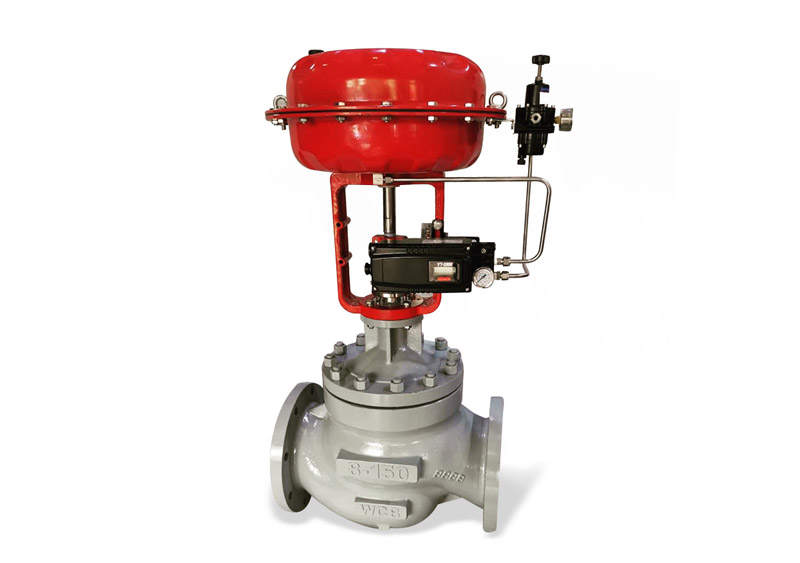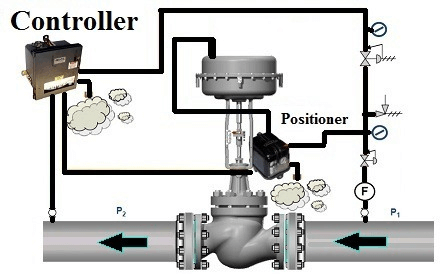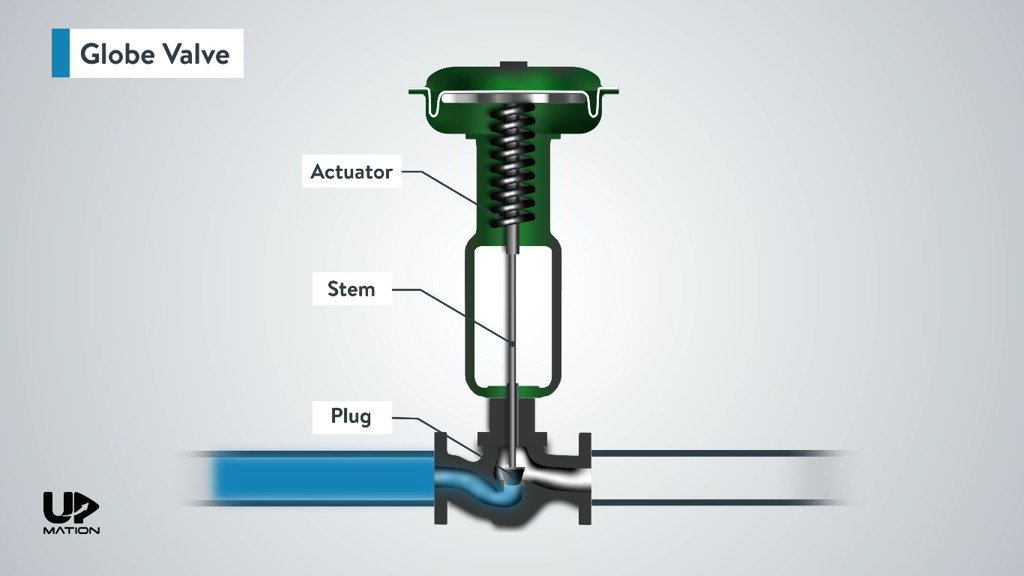Enhancing Functional Performance with Advanced Control Valves
Enhancing Functional Performance with Advanced Control Valves
Blog Article

Maximize Power Financial Savings and Comfort With Advanced Structure Automation Controls
In the world of modern style and facility management, the assimilation of advanced structure automation manages stands as a crucial improvement. By using the power of automation, buildings can adapt, react, and evolve in ways that were when unimaginable.
Power Performance Perks
Energy efficiency benefits can significantly reduce energy consumption and operational costs in structures. Energy-efficient systems, such as innovative structure automation controls, can enhance the use of resources like lighting, heating, and air conditioning, leading to reduced energy expenditures over time.
Additionally, improved energy performance can extend the lifespan of structure equipment and systems. By running a lot more effectively, heating and cooling systems, lighting fixtures, and various other building parts experience less wear and tear, causing decreased upkeep and replacement prices. Furthermore, energy-efficient buildings often regulate higher residential property values and rental prices, giving lasting monetary benefits to proprietors.
Moreover, energy performance can improve occupant comfort and performance. Correctly managed indoor atmospheres with optimum lighting and thermal problems develop a more favorable and positive workspace, causing boosted employee contentment and performance. In general, the power performance benefits related to innovative building automation controls are diverse, incorporating price savings, environmental stewardship, and passenger health.
Enhanced Comfort Control
Enhancing comfort control in building settings needs an advanced combination of advanced automation systems for optimum owner wellness. By using advanced structure automation controls, centers can tailor the indoor setting to satisfy the specific demands and choices of residents. control valves.
By including these advanced controls, buildings can not just improve convenience but additionally enhance energy effectiveness by maximizing system operations based on actual tenancy and usage patterns. Ultimately, prioritizing passenger convenience through sophisticated automation systems leads to an extra enjoyable and healthier interior setting.
Operational Effectiveness Improvements

Moreover, the application of real-time surveillance and analytics tools makes it possible for building operators to recognize energy ineffectiveness and operational abnormalities promptly. By continuously checking energy usage patterns and system performance metrics, changes can be made in real-time to maximize energy consumption and make sure peak functional performance. control valves. Additionally, integrating need feedback strategies into building automation controls can additionally boost functional efficiency by dynamically adjusting energy use based upon grid problems and pricing signals
Indoor Climate Optimization
Effective interior climate optimization is a fundamental element of structure automation controls, ensuring residents' convenience and well-being while making best link use of energy cost savings. By utilizing sophisticated sensing units and controls, building automation systems can continually change and keep an eye on temperature, humidity degrees, air high quality, and air flow to produce an optimum interior setting. Keeping constant and comfortable problems not just improves resident contentment however likewise increases productivity and overall health.
Interior climate optimization likewise plays an important function in energy efficiency. By fine-tuning ventilation, cooling, and home heating systems based upon real-time data and tenancy patterns, developing automation controls can considerably reduce power usage - control valves. Applying techniques such as demand-controlled air flow and thermal zoning can assist minimize power waste while ensuring that each location of the structure gets the essential conditioning.

Lasting Environment Production
Structure automation manages not only optimize indoor environment problems for energy efficiency and occupant convenience yet likewise lay the foundation for creating a lasting setting with calculated management of systems and resources. By incorporating innovative structure automation innovations, such as sensing units, actuators, and smart software application, facilities can adjust and check energy use in real-time to decrease waste and lower their carbon footprint. These systems enable predictive maintenance, recognizing prospective issues before they escalate and enhancing equipment performance to enhance long life and effectiveness.
Moreover, lasting atmosphere creation extends past energy monitoring to include water conservation, waste reduction, and interior air quality improvement. Structure automation controls can regulate water usage, identify leakages, and make sure correct garbage disposal methods, contributing to overall sustainability efforts. Additionally, by keeping track of and managing ventilation and filtering systems, these innovations enhance owner health and wellness and productivity while lowering power usage connected with cooling and heating procedures.
Conclusion
To conclude, progressed building automation controls deal significant benefits in regards to energy cost savings, convenience control, functional efficiency, indoor climate optimization, and producing a lasting atmosphere. By implementing these controls, buildings can accomplish optimal performance while lowering energy consumption and boosting resident comfort. It appears that making use of advanced automation technology is vital in boosting structure efficiency and developing an extra lasting future.
Power performance advantages can significantly decrease energy consumption and operational costs in buildings. In general, the power effectiveness advantages linked with advanced structure automation controls are you can try here multifaceted, encompassing expense financial savings, ecological stewardship, and occupant wellness.
Furthermore, incorporating need action methods into structure automation controls can additionally see this site improve operational performance by dynamically readjusting energy use based on grid problems and pricing signals.
Structure automation manages not only maximize indoor environment problems for energy performance and resident convenience however also lay the structure for producing a sustainable setting with strategic monitoring of systems and sources.In verdict, progressed building automation controls deal considerable benefits in terms of power cost savings, convenience control, operational effectiveness, indoor environment optimization, and creating a lasting environment.
Report this page